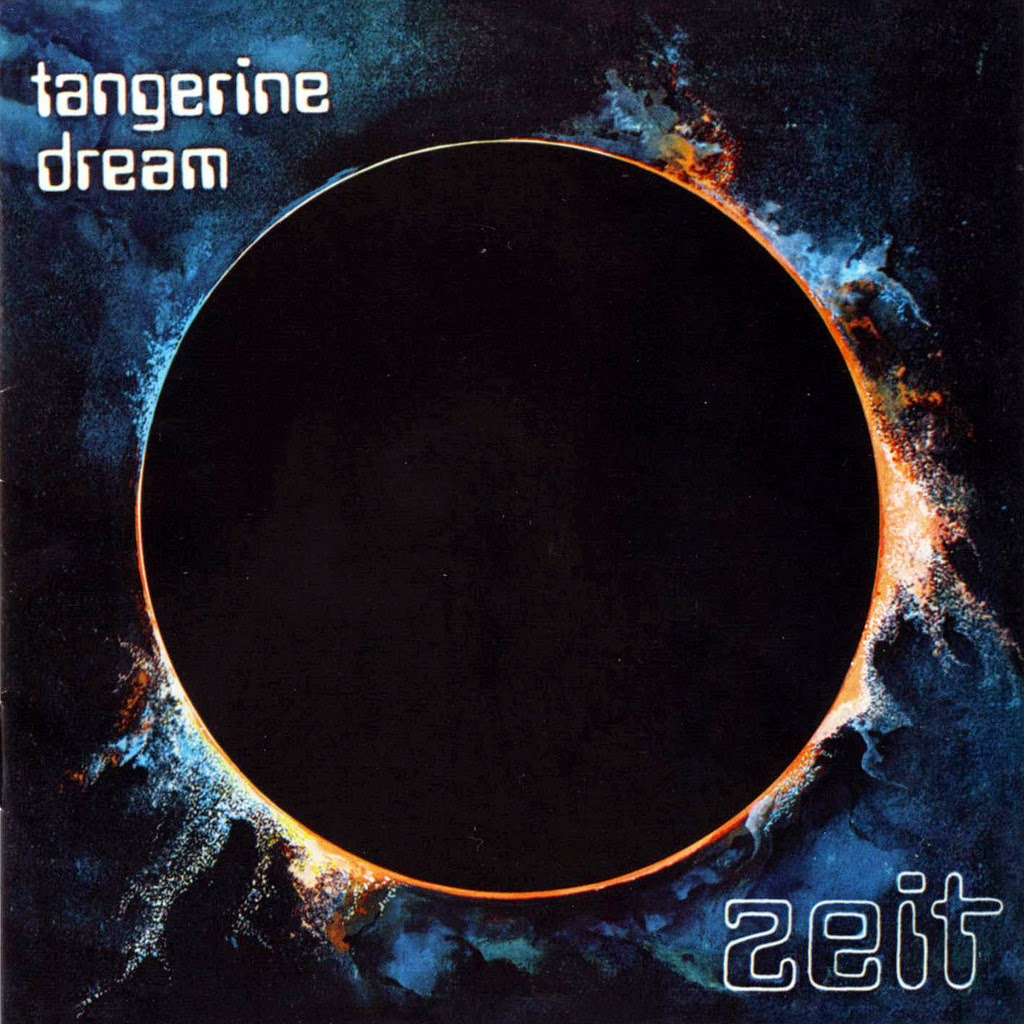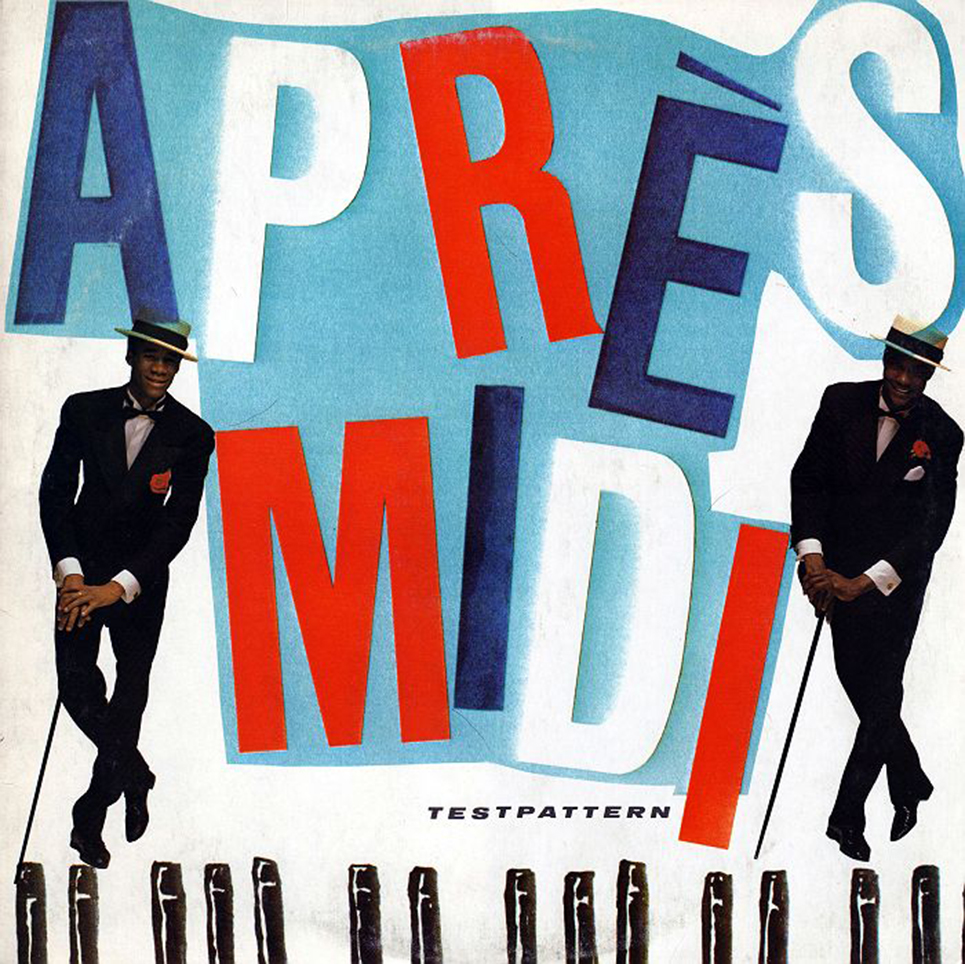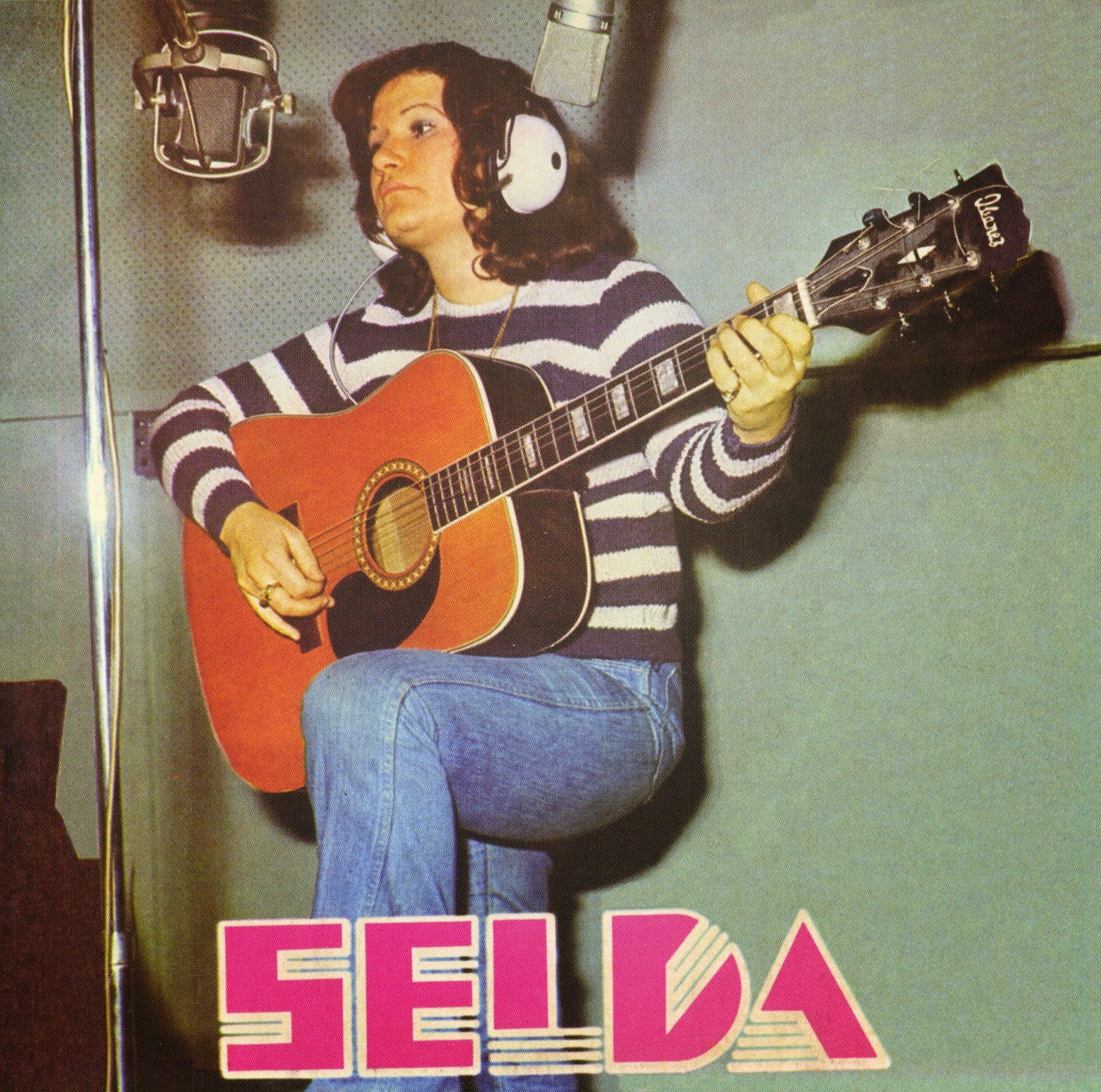
Ata Kak – Obaa Sima, 1994 (reissued 2015)





I spent this last weekend listening to Zeit after reading about Edgar Froese’s passing, and have found it difficult not to hear a funeral dirge, a tacit acknowledgement by Froese some forty odd years before the fact that he will be gone someday, that we’ll all be gone someday, that all the planets and the stars and space and music and possibility, it’ll all be gone. But I’m still here. And though I’m not sure that it was impossible for me to recognize and relate to the themes contained in Zeit as younger man, I certainly understand them better now. It only took me a little time to figure it out.


TLDR: Nobody has ever inhabited the theremin like Rockmore. Maybe the original female electronic music virtuoso, as she was touring with her custom-made theremin in the 30s. Watch some videos of her channeling sounds out of thin air like a ghostly medium, face far away and ecstatic, and try not to cry. Otherworldly, but deeply human.


-Front.jpg)
Nothing challenging or high-brow here, just 34 minutes of string-streaked, four-on-the-floor delirious disco perfection. Opens with the epic ten minute classic “Supernature,” and while the album slows down for a few breaths (“In The Smoke” is straight-up new age with a muted heartbeat drum pulse), there isn’t a weak spot to be found. Make sure to take a good, long, hard look at that album art. Happy dancing, and happy new year!
